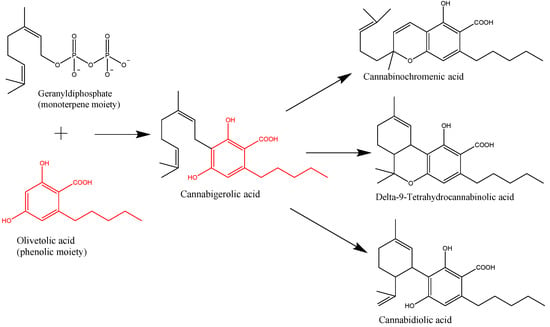 “The endocannabinoid system (ECS) has emerged in recent years as a potential treatment target for alcohol use disorders (AUD).
“The endocannabinoid system (ECS) has emerged in recent years as a potential treatment target for alcohol use disorders (AUD).
In particular, the non-psychoactive cannabinoid cannabidiol (CBD) has shown preclinical promise in ameliorating numerous clinical symptoms of AUD.
There are several proposed mechanism(s) through which cannabinoids (and CBD in particular) may confer beneficial effects in the context of AUD. First, CBD may directly impact specific brain mechanisms underlying AUD to influence alcohol consumption and the clinical features of AUD. Second, CBD may influence AUD symptoms through its actions across the digestive, immune, and central nervous systems, collectively known as the microbiota-gut-brain-axis (MGBA).
Notably, emerging work suggests that alcohol and cannabinoids exert opposing effects on the MGBA.
Alcohol is linked to immune dysfunction (e.g., chronic systemic inflammation in the brain and periphery) as well as disturbances in gut microbial species (microbiota) and increased intestinal permeability. These MGBA disruptions have been associated with AUD symptoms such as craving and impaired cognitive control.
Conversely, existing preclinical data suggest that cannabinoids may confer beneficial effects on the gastrointestinal and immune system, such as reducing intestinal permeability, regulating gut bacteria and reducing inflammation. Thus, cannabinoids may exert AUD harm-reduction effects, at least in part, through their beneficial actions across the MGBA.
This review will provide a brief introduction to the ECS and the MGBA, discuss the effects of cannabinoids (particularly CBD) and alcohol in the brain, gut, and immune system (i.e., across the MGBA), and put forth a theoretical framework to inform future research questions.”

 “This study attempted to provide the effects and mechanisms of two cannabinoids, O-1602 and
“This study attempted to provide the effects and mechanisms of two cannabinoids, O-1602 and 
 “Inflammation is a common feature of many neurodegenerative diseases.
“Inflammation is a common feature of many neurodegenerative diseases.
 “Peripheral neuropathy can significantly impact the quality of life for those who are affected, as therapies from the current treatment algorithm often fail to deliver adequate symptom relief. There has, however, been an increasing body of evidence for the use of cannabinoids in the treatment of chronic, noncancer pain. The efficacy of a topically delivered
“Peripheral neuropathy can significantly impact the quality of life for those who are affected, as therapies from the current treatment algorithm often fail to deliver adequate symptom relief. There has, however, been an increasing body of evidence for the use of cannabinoids in the treatment of chronic, noncancer pain. The efficacy of a topically delivered  “Accumulated evidence indicates that
“Accumulated evidence indicates that 